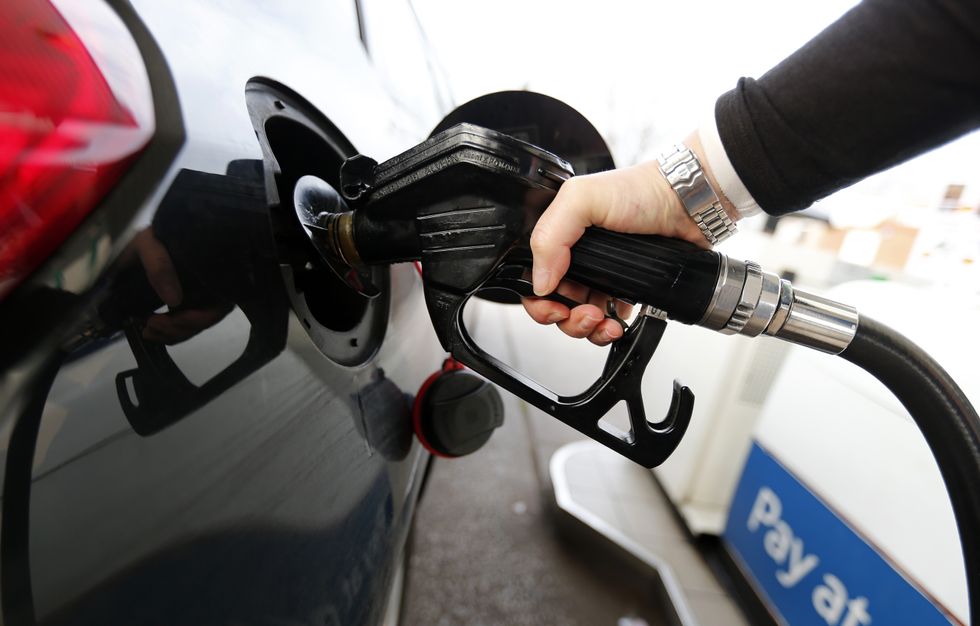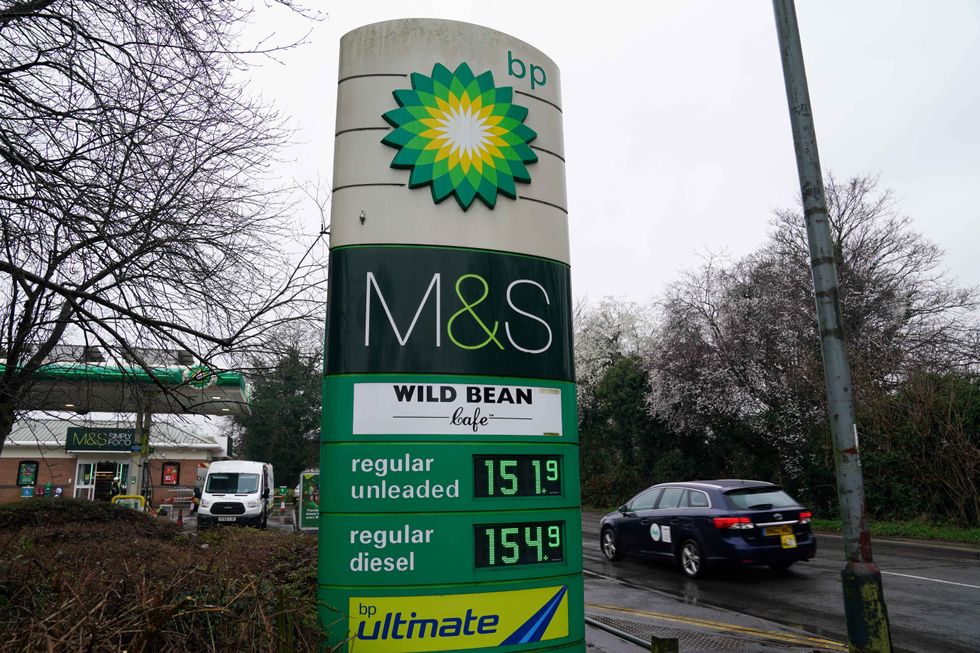Petrol and diesel drivers have been warned they are set to face an extra £420million on their annual fuel bills following recent petrol price increases.
The additional costs will impact roughly 18.7 million car users, as fuel prices continue to rise amid freezing temperatures and a weakening pound.
The stark figures, revealed in analysis by the Energy and Climate Intelligence Unit (ECIU), come after petrol prices jumped by 3p per litre since Christmas.
The average UK unleaded price reached 137.2p per litre at the weekend, reflecting the sharp increase in wholesale petrol (3p) and diesel (5p) costs since the festive period.
Do you have a story you’d like to share? Get in touch by emailing[email protected]

Fuel prices were increased in December due to rising oil prices putting pressure on retailers
PA
These rising costs are particularly affecting drivers who rely on their vehicles, as engines work harder and consume more fuel in winter conditions
AA fuel spokesman Luke Bosdet said: “Freezing temperatures and rising pump prices are a bad start to 2025 for drivers.
“Their vehicles are consuming more fuel due to engines having to work harder in winter conditions and any weakness in the pound won’t help because oil and fuel commodities are traded in dollars. We will be watching carefully to see the extent the fuel trade takes advantage of upward costs.”
The price hikes mean motorists are now paying an extra £1.65 each time they fill up their petrol tanks, while diesel drivers face even steeper costs of £2.75 more per trip.
The rising costs add to the growing “petrol premium” that drivers face compared to electric vehicle owners, with the annual cost difference now reaching £677.
Colin Walker, Head of Transport at the ECIU, explained: “Petrol vehicles are already considerably more expensive to own and operate than their electric equivalents – unsurprisingly, when the price of petrol increases, the petrol premium that people pay to drive a petrol car over an electric one only gets bigger.
“Over the last 20 years, petrol prices have trended in one direction – up. This trend is likely to continue meaning that, in tandem with electricity prices that are forecast to fall over the remainder of the decade, the cost of running a petrol car over an electric one is only going to get higher.”
Analysis of fuel prices also revealed that drivers in the South East of England are experiencing the highest fuel costs in the country.
The regional variations come as motorists across the UK face mounting pressure from increasing pump prices. The RAC’s monitoring of fuel prices found that without the current fuel duty freeze, which has kept rates at 52.95p per litre, the average petrol price would be even higher at 143.2p per litre.
The Government’s current fuel duty rate remains frozen at 52.95p per litre, following confirmation in the October 2024 Budget that this rate will continue into Spring 2026.
This duty rate represents a significant portion of the total pump price, alongside VAT charged at 20 per cent on every forecourt transaction.
The current rate marks a reduction from the previous 57.95p per litre, which was cut in 2022 following the Russian invasion of Ukraine and subsequent fuel price increases.
LATEST DEVELOPMENTS:
- Nissan boosts British industry and secures ‘hundreds of jobs’ with new plant producing electric car motors
- Thousands of motorists hit with fines for breaking Highway Code rule despite council investing in deterrents
- Elon Musk’s Tesla faces chaos as Donald Trump ally backs safety investigation into electric cars

The fuel duty cut was extended by Rachel Reeves in October
PA
Without these tax measures, motorists would be facing even steeper costs at the pumps during the current period of price increases.